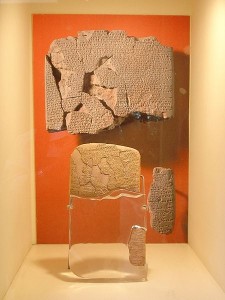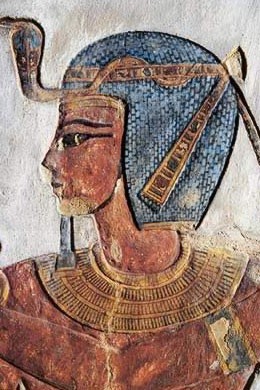The Hittite and Egyptian Brotherhood – Part I
 Many Egyptian scholars and researchers believe that the Hittite and Egyptian Kingdoms have always been separate with each empire ruling their own people in their different lands, but my research proves otherwise. The facts are that the Hittite and Egyptian Kingdoms were a united empire like no other in ancient history that appears to last until this very day. In this series of articles that I would like to call “The Hittite and Egyptian Brotherhood,” I would like to list these facts that I have found below in order to settle this lost and mistaken part of our history.
Many Egyptian scholars and researchers believe that the Hittite and Egyptian Kingdoms have always been separate with each empire ruling their own people in their different lands, but my research proves otherwise. The facts are that the Hittite and Egyptian Kingdoms were a united empire like no other in ancient history that appears to last until this very day. In this series of articles that I would like to call “The Hittite and Egyptian Brotherhood,” I would like to list these facts that I have found below in order to settle this lost and mistaken part of our history.
* The first piece of evidence that I would like to present is the Egyptian–Hittite peace treaty.
This was a peace treaty concluded between Egyptian Pharaoh Ramesses II and Hittite King Hattusili III, in which the Egyptians and Hittites made an “eternal treaty” of “peace and brotherhood for all time.” This King’s wife was a Babylonian Princess named Puduhepa. Ramesses married Hattusili’s daughter, and conferred upon her an Egyptian name, Maathorneferure. Years later he married another Hittite princess. (more…)

Moe is the founder of GnosticWarrior.com. He is a father, husband, author, martial arts black belt, and an expert in Gnosticism, the occult, and esotericism.

